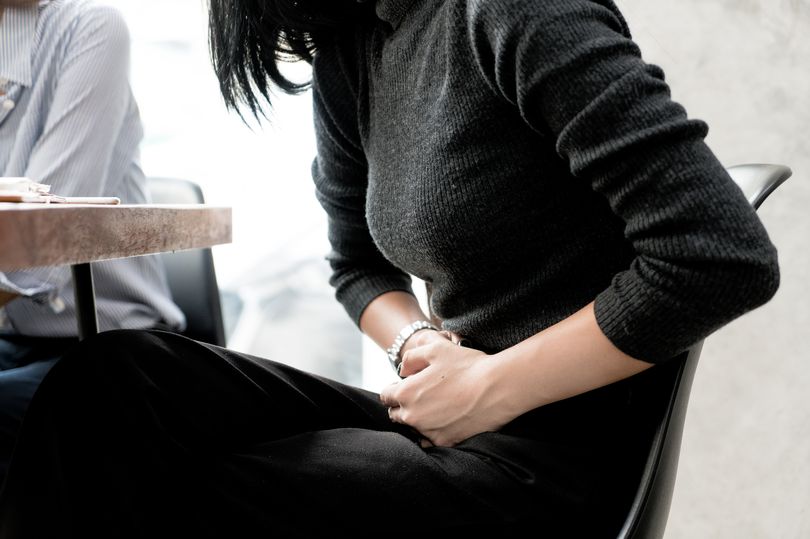There’s cystitis and then there’s cystitis.
The usual one-off attack leads to pain on passing urine, feeling a sense of urgency to empty your bladder, off colour, off food, sometimes a temperature.
And it clears up by drinking a lot of fluid and taking a course of antibiotics.
But the other cystitis, interstitial cystitis, is another matter.
Interstitial cystitis, also known as painful bladder syndrome, is a chronic form of cystitis where the lining of the bladder becomes inflamed.
Exactly why it should happen is unclear, and unlike classic cystitis there’s no obvious sign of infection. Some believe it’s an autoimmune condition.
Symptoms include unremitting pain, worse as the bladder empties, that can radiate around the pelvis, a sudden urge to go to the loo, and needing the loo with great frequency.
Some people may be up through the night a dozen times, becoming exhausted through lack of sleep.
For those with the condition, life can revolve around finding loos, while constant pain can mean that some patients need a lot of time off work or can’t work at all.
One theory is inflammation in the lining of the bladder damages the integrity of the surface and allows leakage of ammonia and toxins from urine to reach muscles and nerves in the bladder wall.
This causes painful symptoms. It can take years for sufferers to get a correct diagnosis yet it isn’t a rare condition. At least 400,000 people in the UK have interstitial cystitis – 90% of them women.
Watching what you eat can help: eliminate fizzy drinks, caffeine, pickles, alcohol, spices, and citrus fruits.
And stopping smoking and taking more exercise has been shown to help too.
Muscle relaxants and drugs for urinary incontinence can help. Some people find antidepressants alleviate chronic pain.
And for the worst sufferers there’s another possibility – medications delivered directly into the bladder via a catheter.
The theory is that this creates a temporary lining on the inner wall of the bladder, blocking leakage of irritants such as ammonia.
One is called DMSO and stays in the bladder for 15 minutes. It’s repeated weekly for six to eight weeks then fortnightly for up to a year.
According to the US Mayo Clinic this treatment is successful in about three-quarters of patients.
An alternative to DMSO is chondroitin sulphate, a compound found in cartilage and bone.
But there’s a catch. The treatment, which comes in a filled and ready-prepared syringe, is normally administered by a doctor or a nurse at a hospital or clinic.
Some people, however, can be trained to carry out self-catheterising at home.
Now that’s a step forward.

